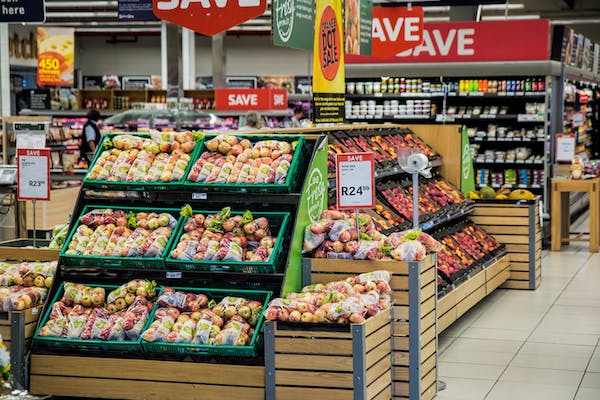
27 Jun SOMETHING TO CHEW ON: A GROCERY FUTURIST’S TAKE ON GROCERS, SPECIALTY FOODS, AND ONLINE SHOPPING
Take it from a grocery futurist and online shopping keynote speaker: It’s among the industries that have undergone the most rapid and prolonged periods of change in recent years. Keeping this in mind, those of us who like to dine well (and honestly, who doesn’t) may want to keep a few new trends and innovations in the field on our radar. Speaking as grocery futurists, what say we take a closer peek at a few highlights?
As a conversation starter, let’s contemplate how the advent of online grocery shopping has made a dramatic shift from a niche service to a mainstream shopping method. This shift, initially driven by pandemic-induced restrictions, has proven to be more than a temporary convenience, as grocery futurists and keynote speakers have been quick to point out. Noting this, it’s clear that many customers appreciate the time savings, broad product selection, and delivery options offered by online platforms. Many grocers have responded to this change by enhancing their online interfaces, integrating real-time inventory tracking, and expanding delivery and pickup options.
Then there’s also the concept of “grocerants” – hybrid grocery store and restaurant models – which is gaining in popularity. Such customized stores cater to the growing demand for prepared meals and meal kits. With in-store dining areas and ready-to-eat offerings, grocerants combine the convenience of grocery shopping with the experience of dining out, addressing the consumers’ need for quick, high-quality meals.
The growing importance of sustainability in the grocery industry is another notable item to keep top of mind. From plastic-free packaging to zero-waste stores, retailers are rethinking their practices in response to growing environmental consciousness among consumers. Like grocery futurists observe, innovative strategies include the implementation of bulk-bin stations for loose goods, using compostable materials, and sourcing products locally to reduce carbon footprints.
And then there’s the 10 ton gorilla in the room, e.g. how artificial Intelligence (AI) and automation are also becoming increasingly integral in the grocery sector. For example, AI is being used for inventory management, predicting shopping trends, and personalizing online shopping experiences. Beyond this, automated checkout systems and robot-assisted warehousing have streamlined operations and improved efficiency.
Another remarkable development is the rise of “dark stores” – retail distribution centers designed specifically for online orders. Such operations optimize picking and delivery processes, facilitating faster, more efficient order fulfilment. This new form of grocery logistics illustrates the industry’s responsiveness to the surge in online shopping.
Otherwise, you’ve probably noted how an increased focus on health and wellness has led to the proliferation of organic, gluten-free, vegan, and other dietary-specific products. Grocers are also improving product transparency, providing detailed nutritional information and origin tracing. The practice caters to the rising number of health-conscious shoppers keen on making informed food choices.



